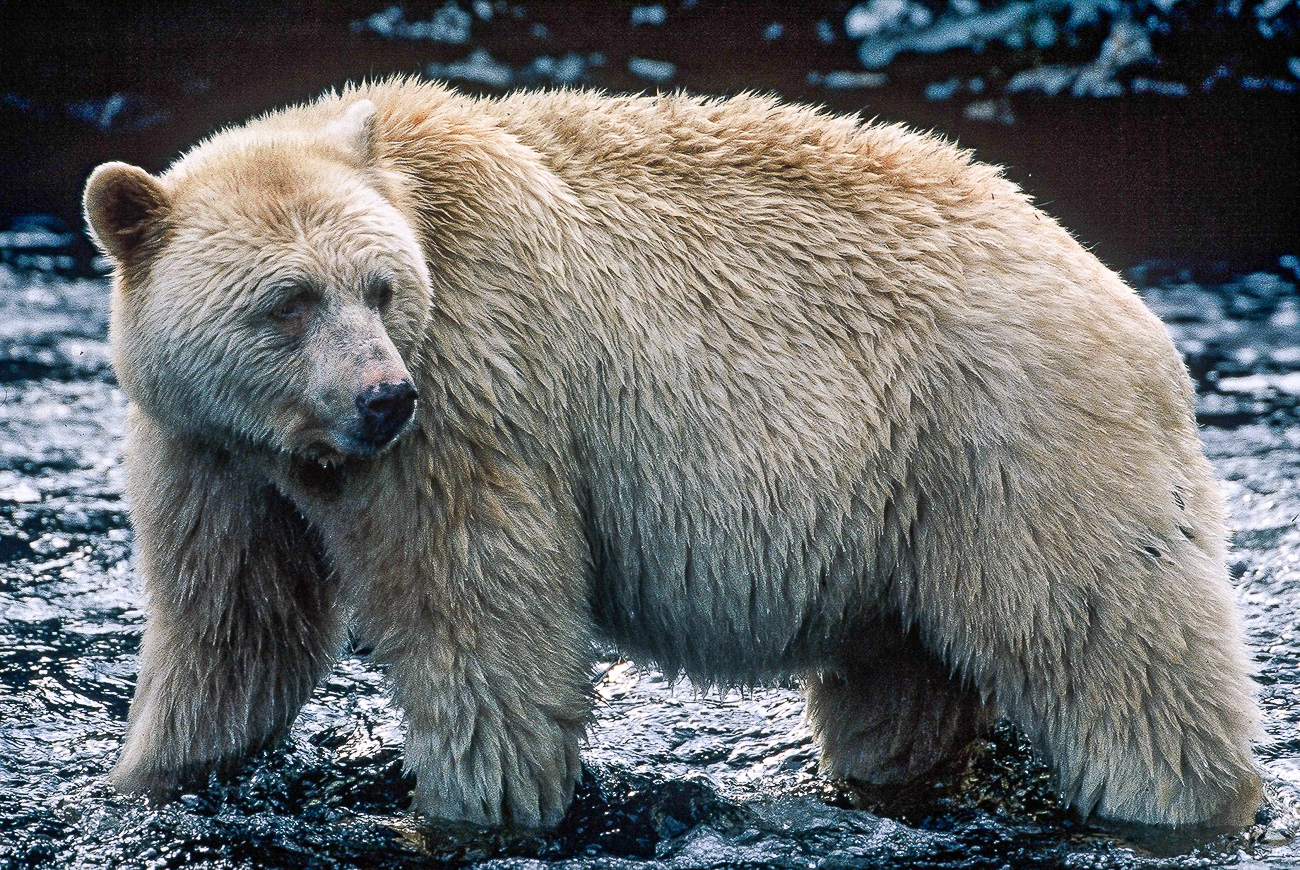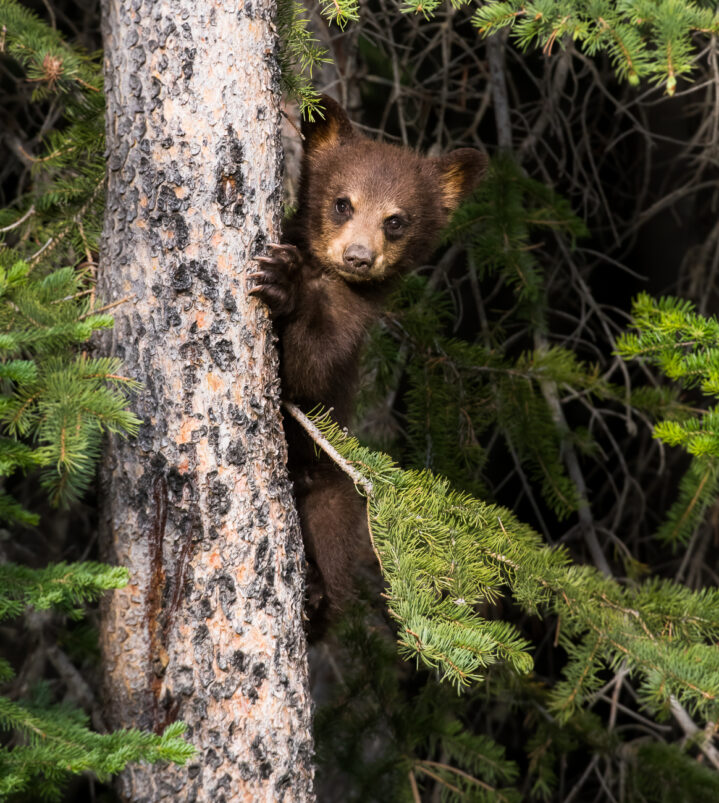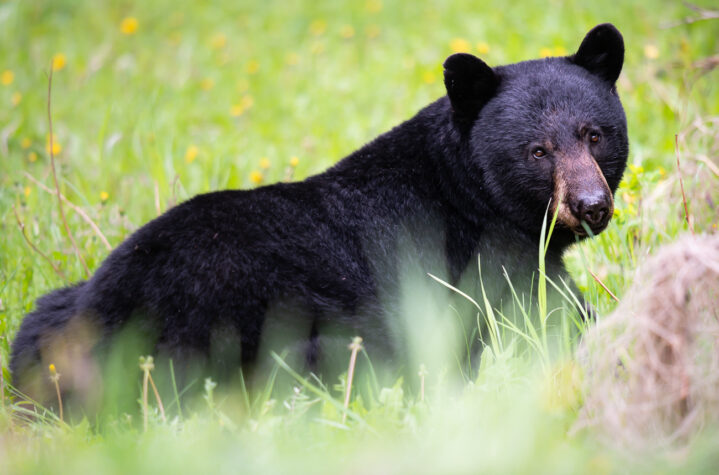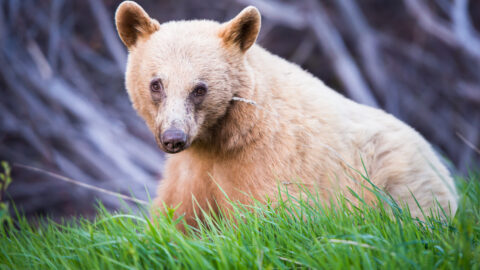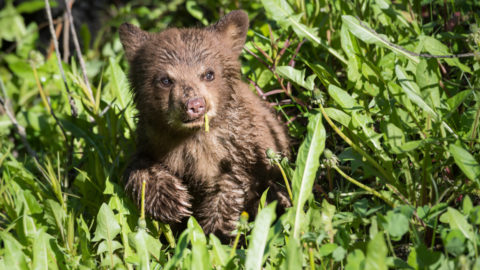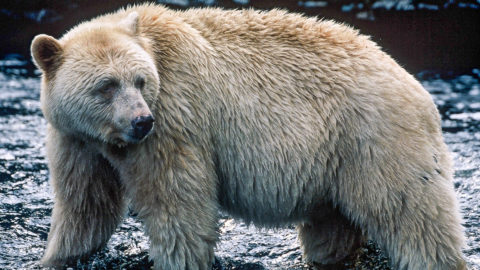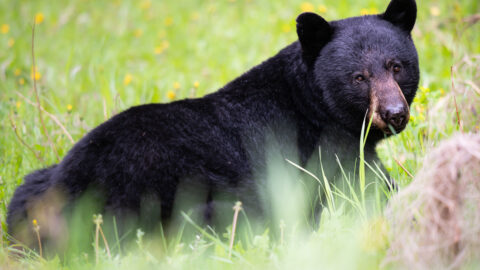Estimated Read Time: 4 minutes
The Black Bear Story
This is a black bear.

This is a black bear.
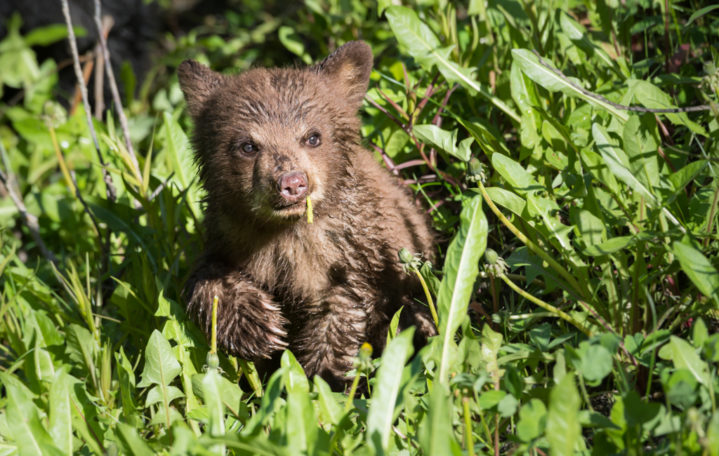
This is a black bear.
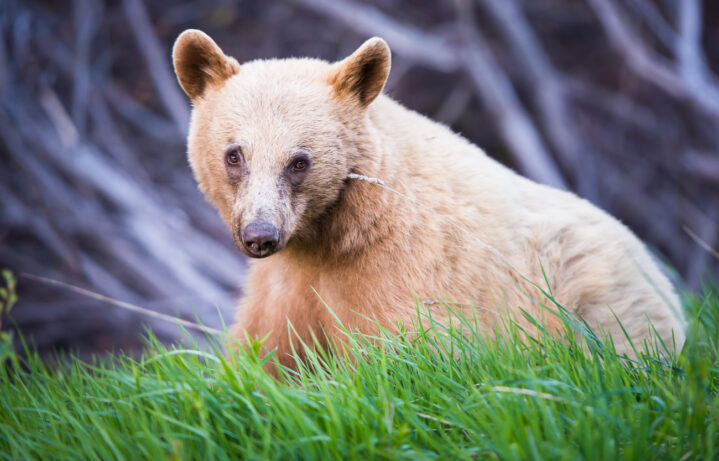
Confused? Let me explain.
Unless you live on Prince Edward Island, the chances are you live near – or even in – black bear habitat.
It’s one of the most widespread and adaptable predators in Canada – though the term predator is a bit misleading.
All bears are omnivores, meaning they eat everything from the garbage we fail to secure to grasses, dandelions and rotting logs. Well, the insects that live inside rotting logs anyway.
But just because black bears will eat anything, doesn’t mean they do. Meat? Contrary to what most of us think, it’s a tiny portion of their diet here in the Rockies.
Look, if a more discerning animal – yes, we’re looking at you, grizzly – leaves a rotting carcass for a black bear? Score. If it stumbles across an animal that died over the winter? Why turn your nose up at free food, am I right?
But rarely will a black bear hunt for its own food. Which is funny, because we see these claws and we assume they’re made for killing. But black bears are, for the most part, useless hunters.
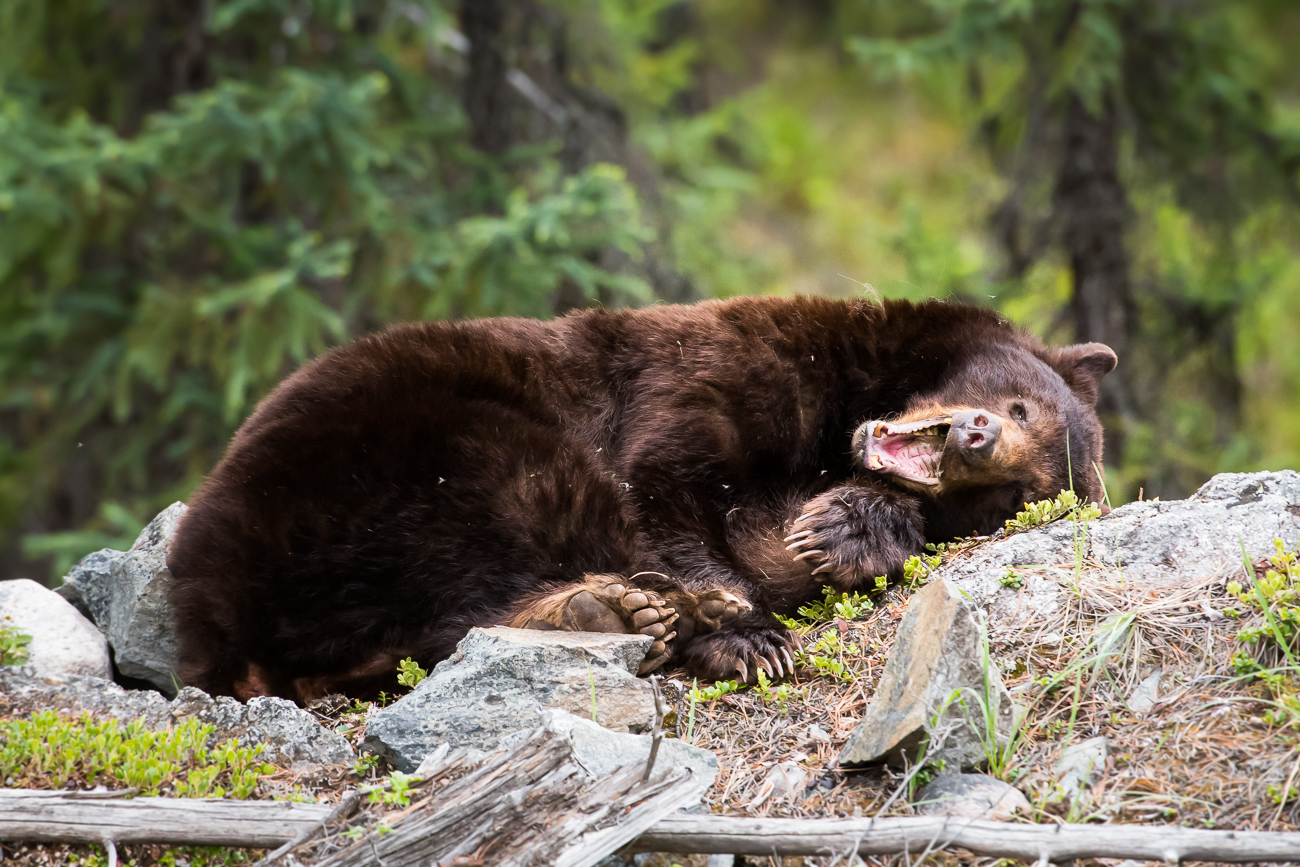
For starters, they’re not that big – the average Rocky Mountain black bear is roughly 100 kilograms – and they’re also afraid of everything. Like sandhill cranes. I mean no one else finds this bird scary.
So why the fierce claws?
They help black bears climb – to eat hard to reach food and to escape threats. Like the big bad sandhill crane.
So, what does any of this have to do with the colour of a black bear’s fur?
Everything, actually.
You see, wherever you find black bears in North America – and that’s basically every healthy, functioning ecosystem – they fill the role of nature’s Canada Post.
Black bears travel far and wide across an ecosystem eating food that needs to be delivered to other parts of the landscape.
What they eat? They, um, deposit.
Which means a black bear up here eventually plants this down here so this creature gets to enjoy this.
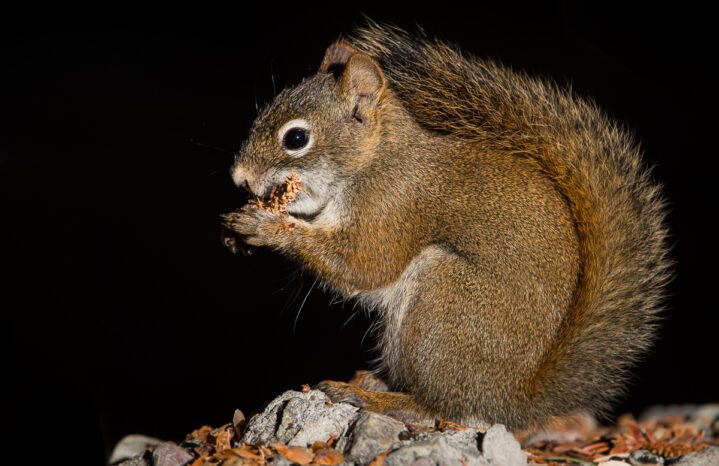
You get the picture.
But each ecosystem? It’s a bit different.
So, while the traditional black fur helps them blend in here (left photo), it’s less helpful here (right photo).
And that’s why black bears can also have brown, cinnamon or blond fur.
It’s called a colour phase – in every way this bear’s the same as this bear, they just have different colours to help them feel better about life when retrieving, say, this, in a place, like, this so they don’t standout and run the risk of being bullied by this.
Make sense? Good. Now it’s time to blow your mind.
This isn’t a colour phase; it’s a subspecies.
What’s the difference?
Subspecies are a sub-population of animals that, while still part of the larger species, have evolved differently than, say, black bears found elsewhere.
Stay with me.
Snow and ice once blanketed North America. As it retreated, the value of white fur became less important, so that colour phase stopped expressing itself in the larger population.
But on the west coast, where salmon make up a huge part of a black bear’s diet, guess what helps a bear be more camouflaged in, say, the rapids of a stream? White fur.
So on Canada’s west coast – and only on Canada’s west coast – a sub-population of black bears has evolved differently from black bears elsewhere in order to ensure that recessive white fur gene continues to exist.
This matters. Because these bears are better equipped for fishing they catch more fish than other bears. Which means more salmon is making it to the forest floor. Which means those rotting salmon carcasses are helping the trees grow faster and bigger. And these big, old trees store carbon and give us oxygen.
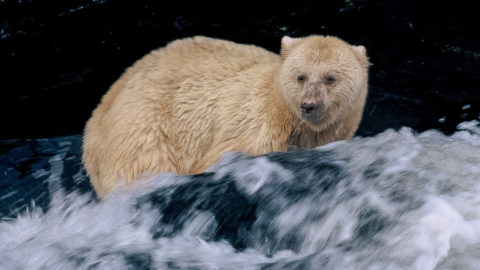
See what nature did there? A very important ecosystem to everyone, the world over, evolved a slightly different kind of black bear so it could feed itself more easily. Neat!
So, to recap, this is a black bear and this is a black bear and this is a black bear.
It’s just that this bear and this bear are normally occurring colour phases that can be found everywhere because these colours help black bears get different kinds of food everywhere.
And this bear is part of a genetically-unqiue subspecies because this fur colour is only helpful in this type of landscape – and with so few ecosystems like this one remaining intact, you can only find this subspecies on Canada’s west coast.
